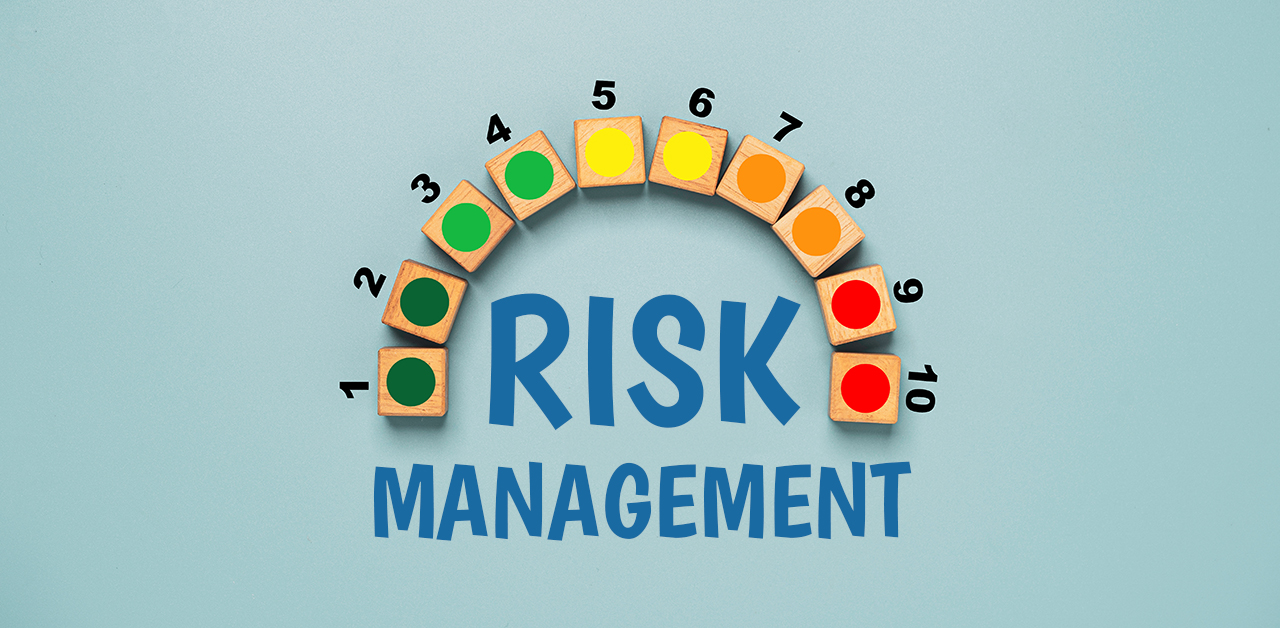Equipping a desktop computer or laptop with a strong processor is not just an ideal for the professionals who use them daily—it’s a necessity. Intel makes a solid range of well-known Core i-series processors, including the Core i3, i5, and i7. Each model has its own limitations and capacities, designed for varying degrees of use and workload. However, which generation is installed makes all the difference in performance. Considering that there are six generations of each series that have been released, it’s advisable to upgrade i-series processors whenever a new generation becomes available because changes in the processors’ architecture often reflect changes in other technological demands.
I-Series Processors: Shifting Microarchitecture
With each generation of i-series processors comes a new microarchitecture offering faster speeds, updated functions like hyper-threading (which allows more programs to run at once), and better graphics. Previous generations had names like Haswell, Sandy Bridge, and Nehalem; the latest microarchitecture is called Skylake, which replaced the 5
th generation, Broadwell in August 2015. Engineers take into consideration the constantly shifting landscape of technology when making these changes, striving to produce the most relevant and high-performance i-series processors on the market.
The End of the Road for Early Generation i-Series Processors
With six generations of the i-series under Intel’s belt, the earlier a processor’s generation, the less money the equipment will return through recycling it when making an upgrade. For one, a first generation i-Series processor is virtually worthless.
As is the case for other outdated processors, there is no potential for value recovery since there is no place in the market for obsolete technology, and it actually costs electronics recyclers money to handle and process that type of equipment. Similarly, the next couple of early generations would yield little in the form of a cash return for businesses that waited too long before making the upgrade.
Staying Current to Maximize Value
Considering the ever-changing market for technology, it’s advisable to avoid waiting until a processor is at the end of its life before making an upgrade, which also accounts for the benefits of having the latest technology to improve and enhance a computer’s workflow. Making an investment in new releases of i-series processors not only ensures seamless performance, it also makes better economic sense, because electronics recyclers can help provide a return on the initial investment when the equipment being recycled is relevant and still has life in it, which in turn maximizes its value.


